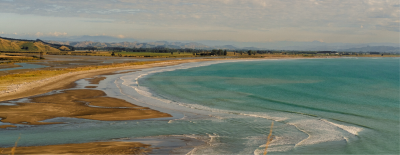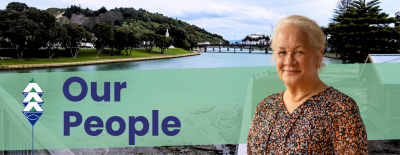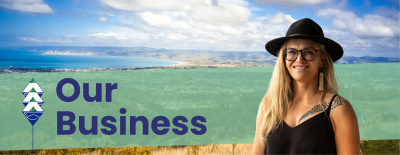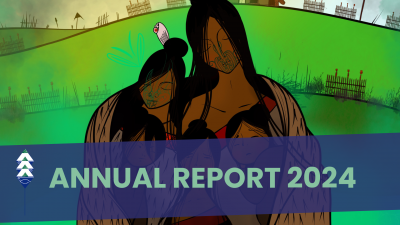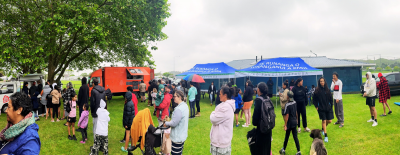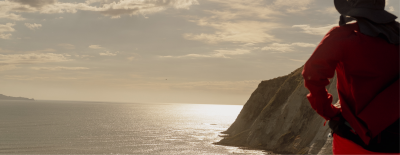Ngā Whenua
The Land
It is widely known that Turanganui A Kiwa was the first Landing place of the Captain Cook and the crew and members of the Endeavour.It is believed that Te toka a Taiau was the actual meeting place of Cook and Iwi of Turanganui.
According to early Land Court evidence, the area was occupied at that time by four main tribes - Rongowhakaata, Ngai Tahupo (later known as Ngai Tamanuhiri), Te Aitanga-a-Maahaki and Te-Aitanga-a-Hauiti. Inland, the bay was sheltered by ranges covered with thick forest, while the hills nearer the flats were sparsely clad in scrub, with fern and grasses on the ridges. The central plains were braided by the courses and fertile fans of three major rivers, where taro, kumara, gourds and probably yams flourished in sunlit gardens. Gardens were also cleared on frost-free hillsides near the rivers, and fernroot diggings were scattered around the bay. Grasslands, wetlands, swamps, scrub and great stands of kahikaatea, pukatea and tawa trees on the flats provided a variety of foods and materials for weaving and building. Large fortified villages, or pa, were built on river bends or strategic hills, protecting houses, cooking sheds and storage pits for root crops - up to 1,300 cubic metres of storage in some places.
Pigeons, kakaa, pukeko and parakeets were plentiful on the plains, and thousands of ducks lived by the rivers and the Awapuni Lagoon. Creeks leading into the main rivers on either side of the central plain were crossed by eel weirs with names such as Makaroro, Te Rua-o-Mapewa, Arowhati, built and maintained by particular families. Mullet, eels and whitebait swarmed in season in the tidal waterways.
The bay was famous for its crayfish, caught off Titirangi or further north along the coast, and the reefs and tidal flats harboured quantities of shellfish. Paua were plentiful off Onepoto (now Kaiti), and there were beds of white pipi off Oneroa, where the tamure (snapper) came to feed, crunching the shells in their powerful jaws. Sharks, kahawai, kingfish, flounder and many other species of fish were caught in the bay, and there were a number of favourite fishing grounds, including Te-Wai-o-Hii-Harore at Waikanae, where a spring seeped into the ocean, attracting kahawai, which, according to one early Land Court witness, came there to drink the fresh water. Now and then whales stranded on the beaches, to be claimed by the chiefly leaders of whichever kin-group controlled that part of the shoreline.

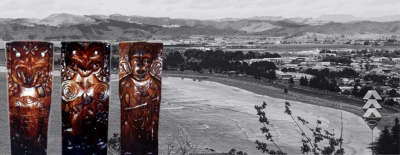
.png)

